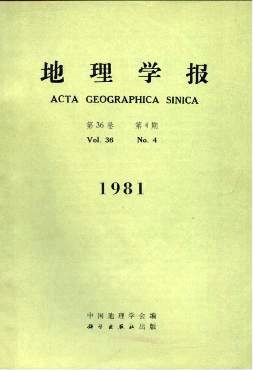Wu Youren
The labour structure of city and town population denotes the proportional relationsof different kinds of population in total city and town population. According to theprinciple of distributing social labour in a proportional way, in addition to a variety ofthe proportional relation of distribution among the labour forces, the city and town po-pulation of China may be divided, in the first place, into two groups, i.e., non-agricul-tural and agricultural population, in which non-agricultural population can be furtherdivided into two sub-groups of labour and non-labour population. Basing on the natureof labour sector, labour population are further classified into nine types, i.e., industrial,capital construction, communication-postal-telecomniunication, agrieutural-forest-irriga-tion-meteorologieal, commercial-service, public service, scientific cultural-educatioual-health, financial, national agency and social organization. The first four essentially be-longing to material-productive sector and their staff and workers are called productivelabour population. The remainder of these belonging to nonmaterial-productive sectorare called non-productive population. By means of the classification mentioned the lawof development and variation of the labour structure of city and town population inChina have been studied analytically in this paper.After liberation, with the establishment and consolidation of the socialist system,the development of socialist construction, turning consumer-cities into producer-cities, thecontrol of the natural increase of population in a planned way, and the increase, of theratio of labour-age population within total city and town population, the labour struc-ture of city and town population in China has been obviously changed as follows: (1)the proportion of labour population has raised from 10-20% in early 50s to 40-50%;(2) industrial members and productive population have occupied the great part of labourpopulation, in which the former occupies about 50-60%, the latter, about 65-85% ; (3)the inner struture of non-productive labour population has undergone relative rationalchange; (4) staff and workers in ownership by the whole people have gained increasingimportance. The changes mentioned are reasonable but are still an uncoordinated pheno-mena which must be readjusted.The course of realizing the four modernizations will exert an outstanding influenceon the labour structure. From now on, it is necessary for the sectors of commerce-service,public service, culture and education, science and research, medicine and health, economicmanagement etc. To enlarge the ratio of labour population gradually, and for material-productive sectors to reduce the proportion, making overall, rational use of the labour po-pulation of cities and towns. It is estimated that the proportion of labour populationwill occupy 45-55% of total city and town population in ten years or so, industrial mem-bers and productive labour population, about 50% and 65-75% respectively whereas non-productive labour population, over 25%.
